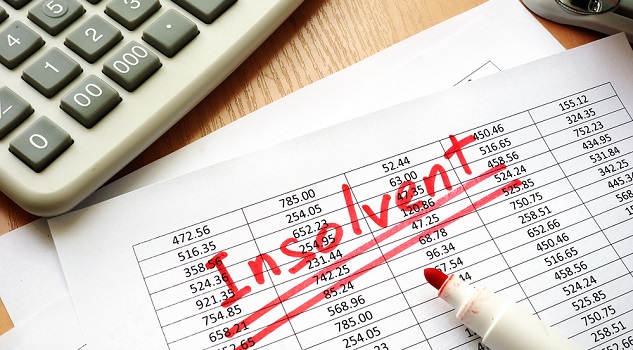In July 2022, there were 692 personal insolvencies registered in Australia, with more than a third of those business-related. In good news, that was a decline in June monthly personal insolvency numbers, but across the June quarter, Australia experienced an increase (from 2215 to 2301 overall).
June is traditionally a spike period for bankruptcies as it is when people start looking at their personal and business financial position for EOFY and to plan for the new business year. Checking on your financial position more frequently is helpful to identify any trends or problems much sooner. Sole traders in particular, seek to release the pressure and look at personal insolvency options during this period, leading to a spike in June.
The reality of trading on without government financial support is starting to be felt by the sole trader businesses, many of which are now struggling to meet liabilities incurred during the lockdown period. It’s also important not to be too hard on yourself and remember that while COVID lockdowns feel a lifetime ago, they were only eight months ago.
Coupled with that, a lack of business confidence is leading sole traders to conclude that future cashflows are unlikely to meet not only current liabilities but past outstanding liabilities
Sole traders who continue to seek direction from their financial advisors and accountants throughout the early stages of the new financial year may realise that continuing to trade might not be not a reality.
While becoming bankrupt seems like the only choice initially, other personal insolvency options are available to sole traders. Small businesses facing hardship can seek to enter into debt agreements with creditors. Currently, the terms sit at three years (reduced from 7-10), but the Personal Insolvency Practitioners Association (PIPA) is seeking to make it a fairer five-year term to limit hardship to debtors and increase the chances that creditors can recover as much of the debt as possible.
In a recent article in Accountants Daily, PIPA spokesman Ben Paris said the ATO’s resumption of debt (post-COVID) collection was forcing more company directors and small businesses to the brink.
“There is an urgent need for debt agreement reform as subcontractors and other sole traders hurtle off an insolvency cliff,” Paris said.
“Before COVID, there were about 10,000 debt agreements a year, and now there’s about 1500,” he added. “So you’re probably looking at 8500 people a year being disadvantaged at the moment. The legislation should consider including flexibility relating to a repayment program over five years that is desirable by both the debtor and their creditors.”
The IPA is in favour of excluding debt agreements from a list of triggers that can make someone bankrupt, which should be welcome news for small businesses in hardship.
It’s important to understand what options are available to businesses and individuals experiencing financial hardship and how to spot the signs, as the challenging business conditions seem set to stay with us for some time.
1. Seek financial advice early – The earlier you speak with a registered insolvency professional or a financial counsellor, the stronger your chances of finding a solution. While financial counsellors are available through the Australian Financial Security Authority, you can also approach a specialist insolvency and restructuring professional for more personalised and bespoke advice.
2. Look out for the warning signs – Some signs you may be in trouble include being unable to meet your debt repayments, lenders refusing to extend lines of credit or unable to secure credit, missing tax payments or using funds set aside for employee superannuation to pay debts.
3. Possible remedies – While formal insolvency or personal bankruptcy are possible outcomes, other options exist, including temporary relief or payment arrangements. The earlier you seek help, the more options may be available.











